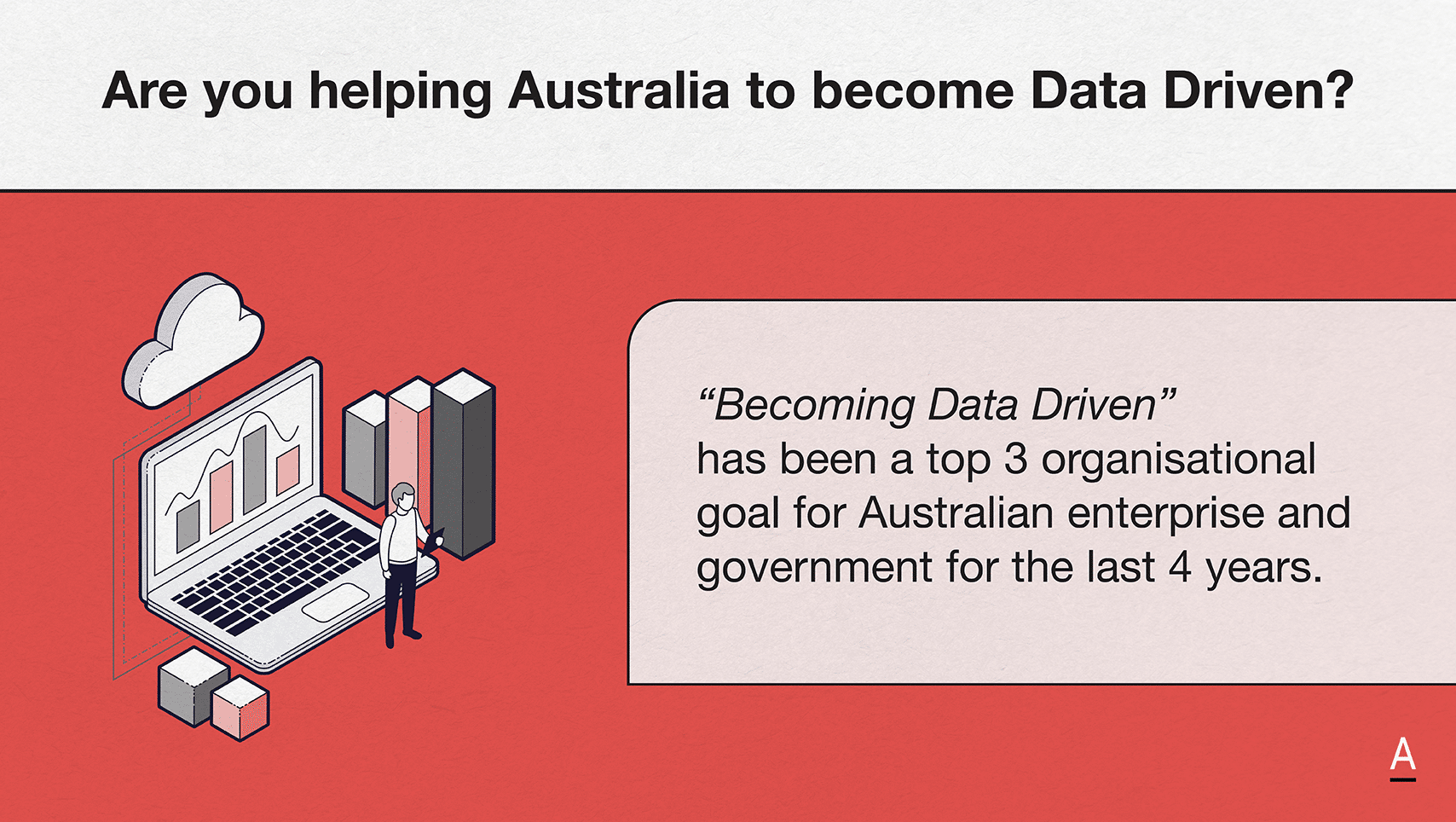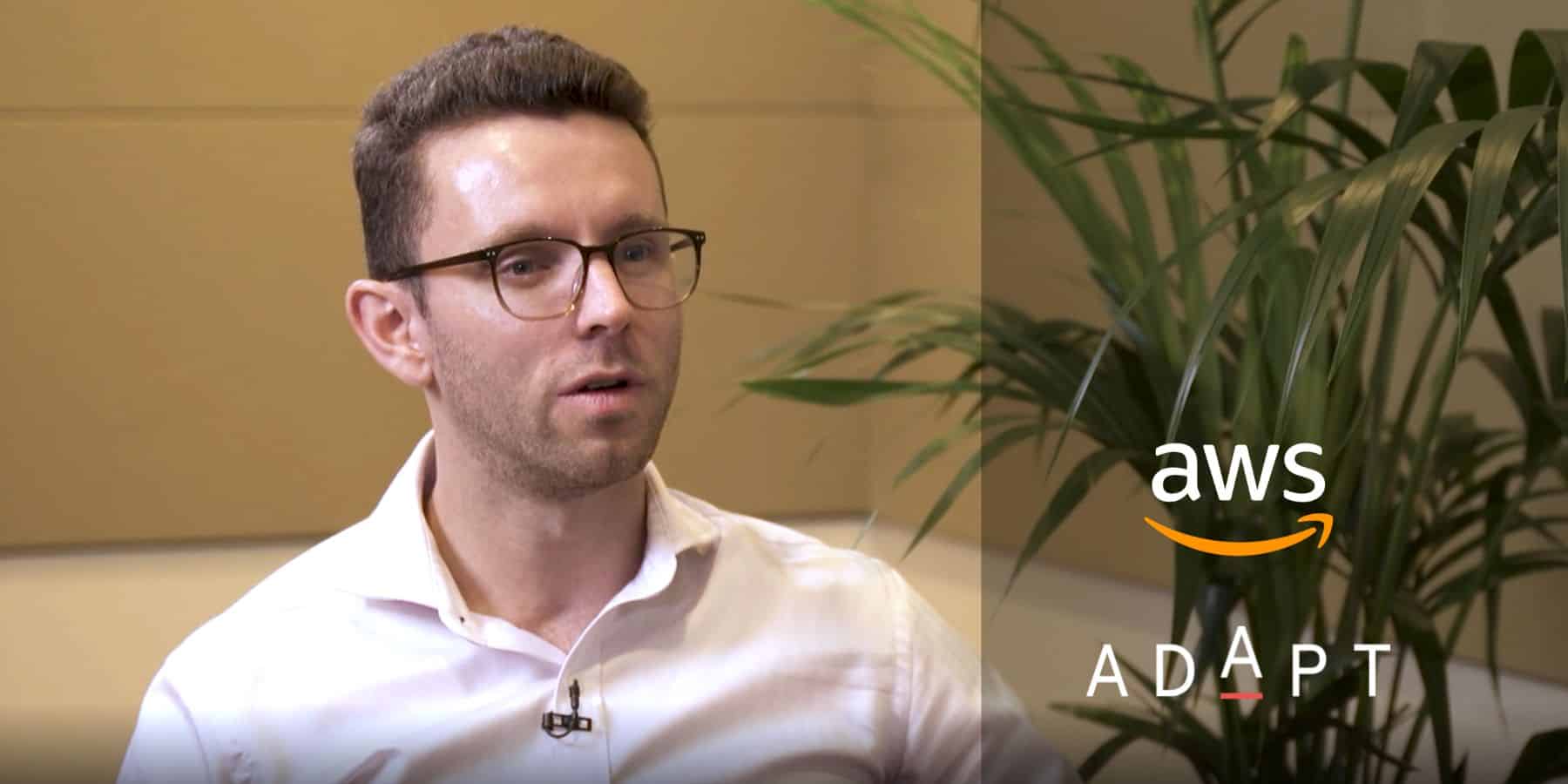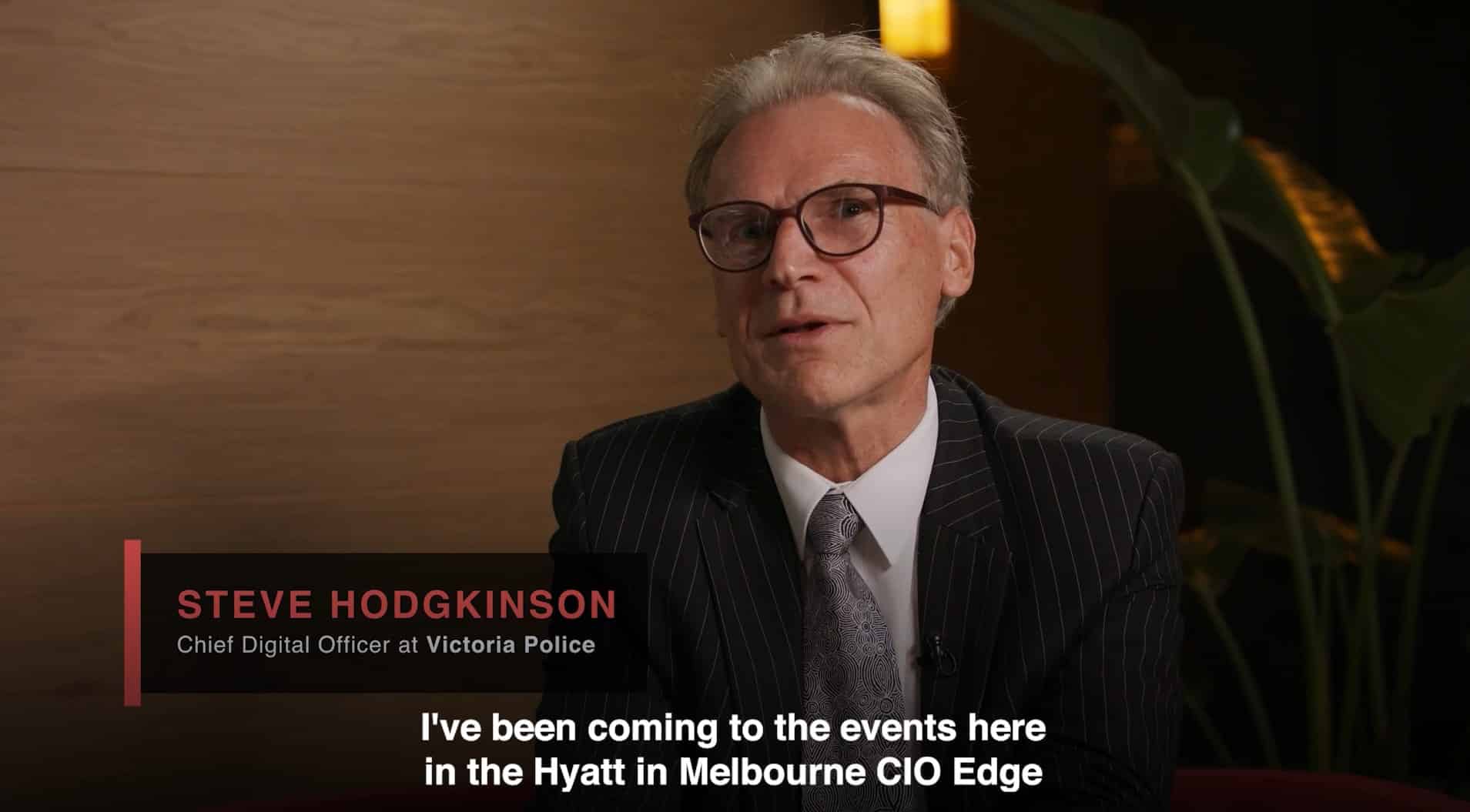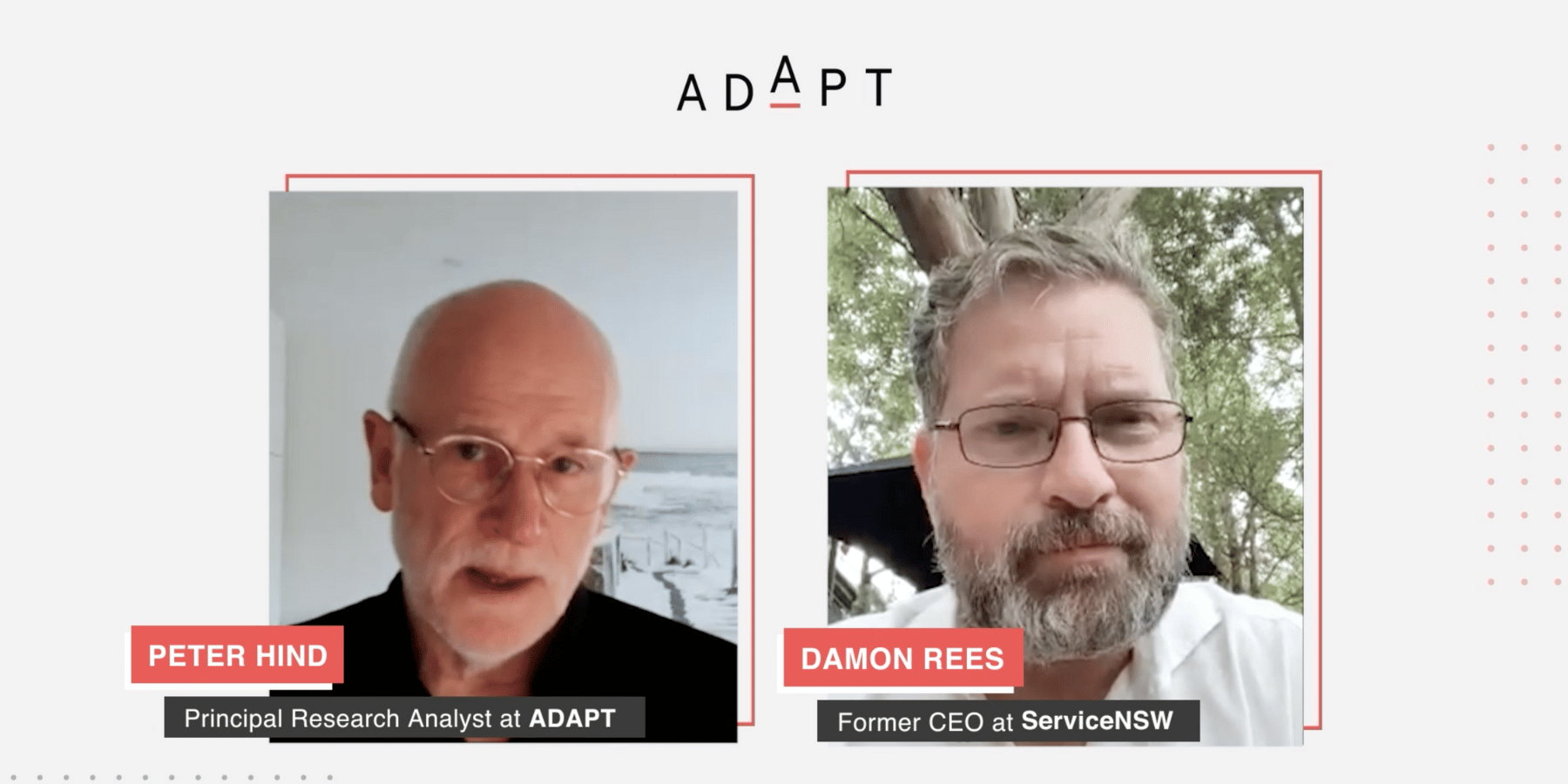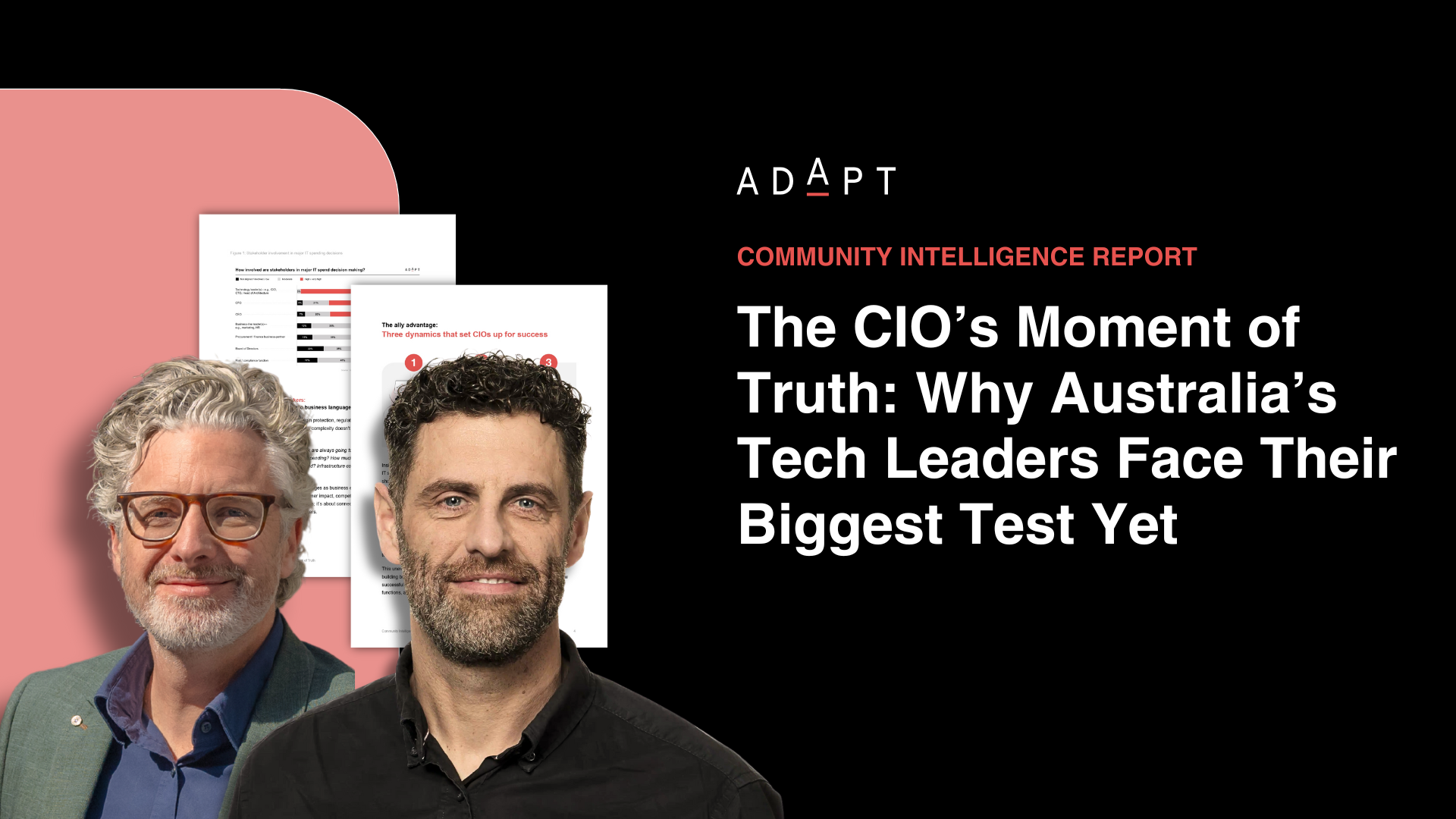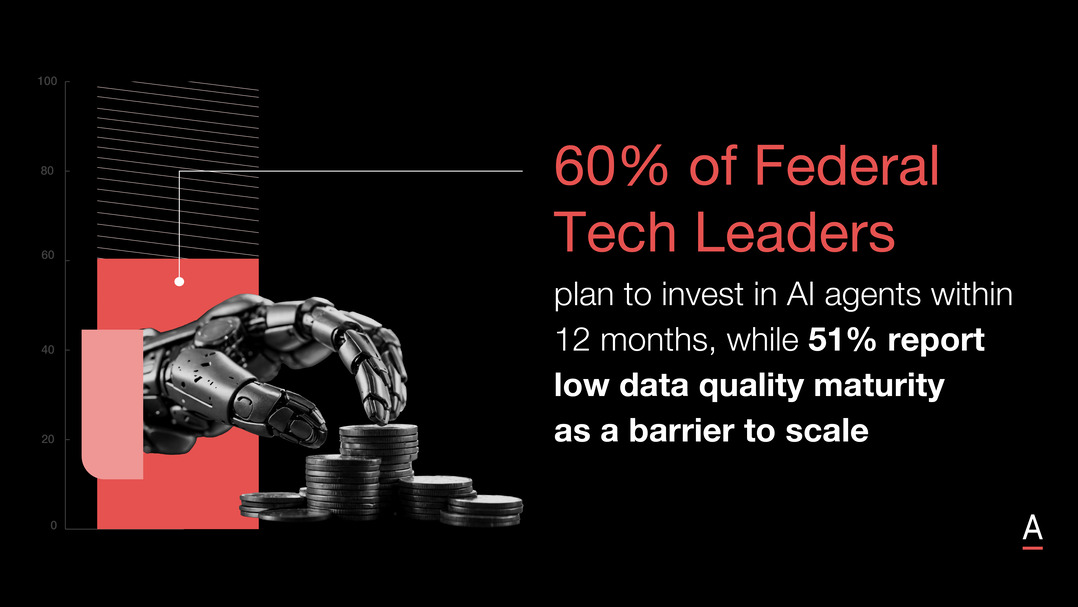60% of Federal tech leaders plan AI investment while prioritising data quality and resilience uplift
At Government Edge, federal tech leaders tackled AI governance, data sharing, cyber resilience, and workforce capability to modernise government.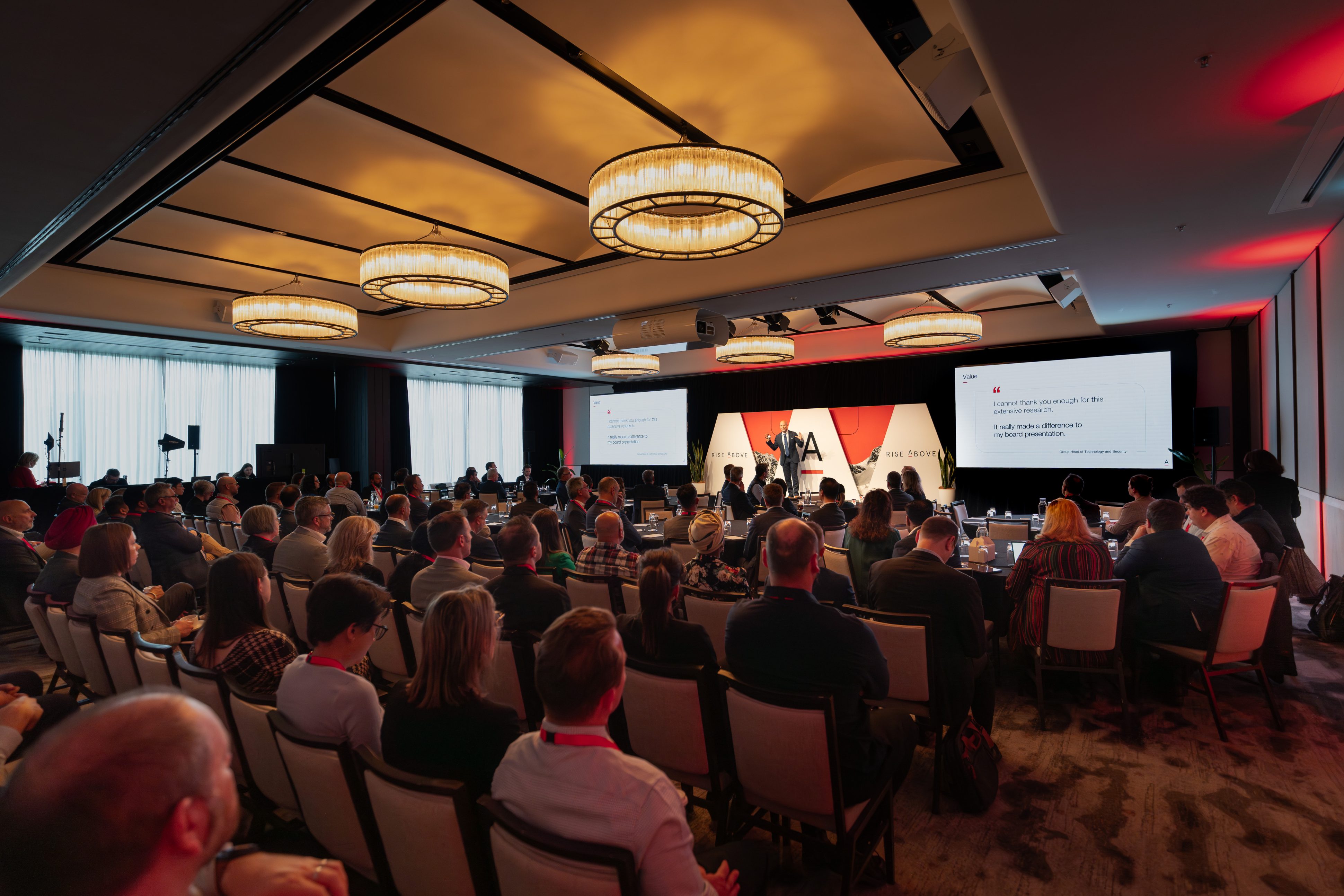
At Government Edge, federal tech leaders tackled AI governance, data sharing, cyber resilience, and workforce capability to modernise government.
Australia’s public sector is accelerating its digital agenda while constrained by legacy systems, fiscal pressure, and a widening skills gap.
At ADAPT’s inaugural Government Edge in Canberra, more than 150 federal and agency technology executives gathered to share progress, compare priorities, and confront the obstacles slowing transformation.
ADAPT CEO and Founder Jim Berry opened the event by urging leaders to create meaningful collaboration across agencies and departments.
He said Canberra’s technology community often operates in silos and needs stronger opportunities for cross-agency exchange.
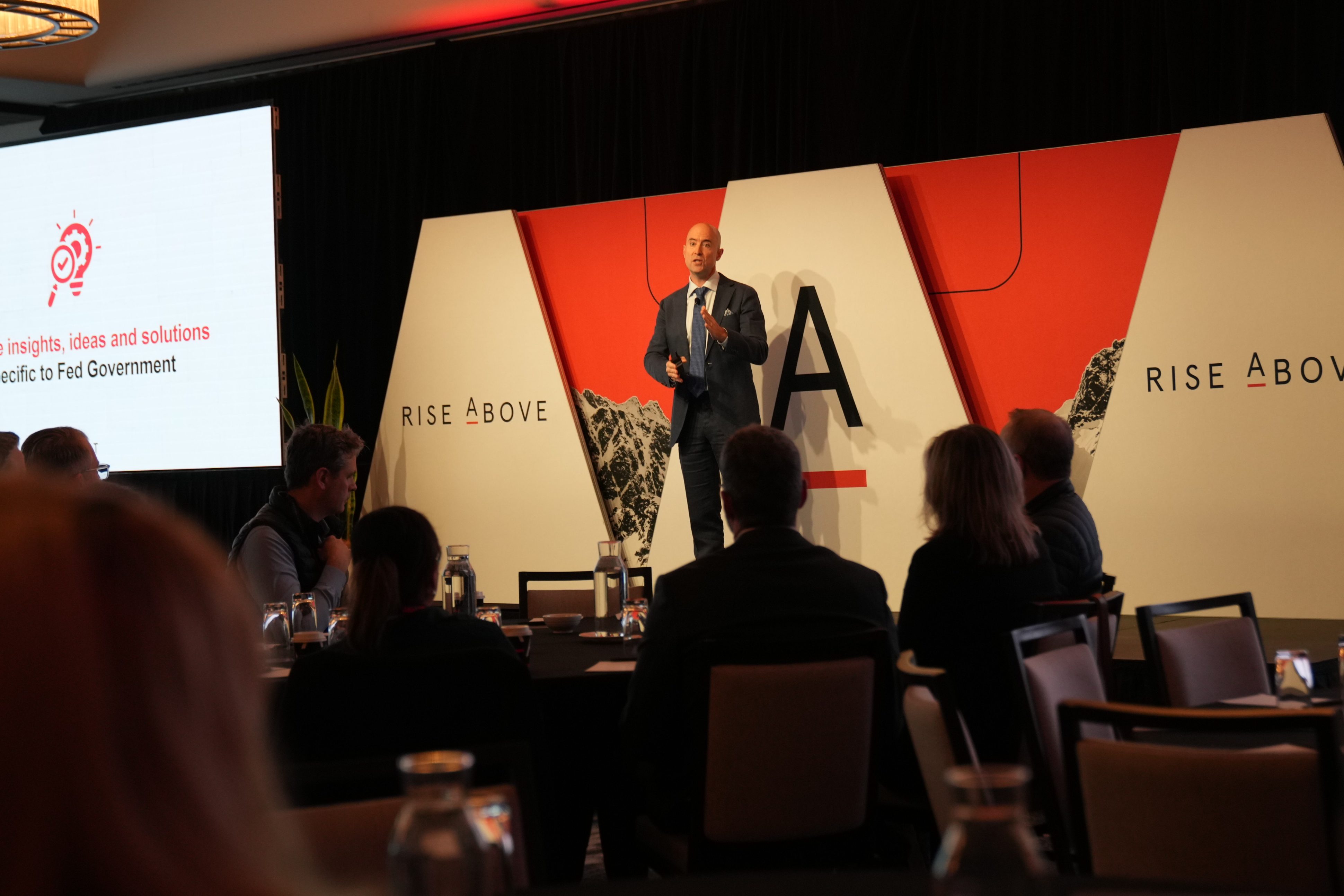
Jim shared that government leaders struggling with the same challenges as enterprise peers: limited resources, complex bureaucracy, and the need to deliver greater public value.
With over half of agencies still below Level 2 maturity across the Essential Eight controls, he highlighted the urgency of improving resilience, simplification, and sovereign capability while uplifting workforce capacity in an era of doing more with less.
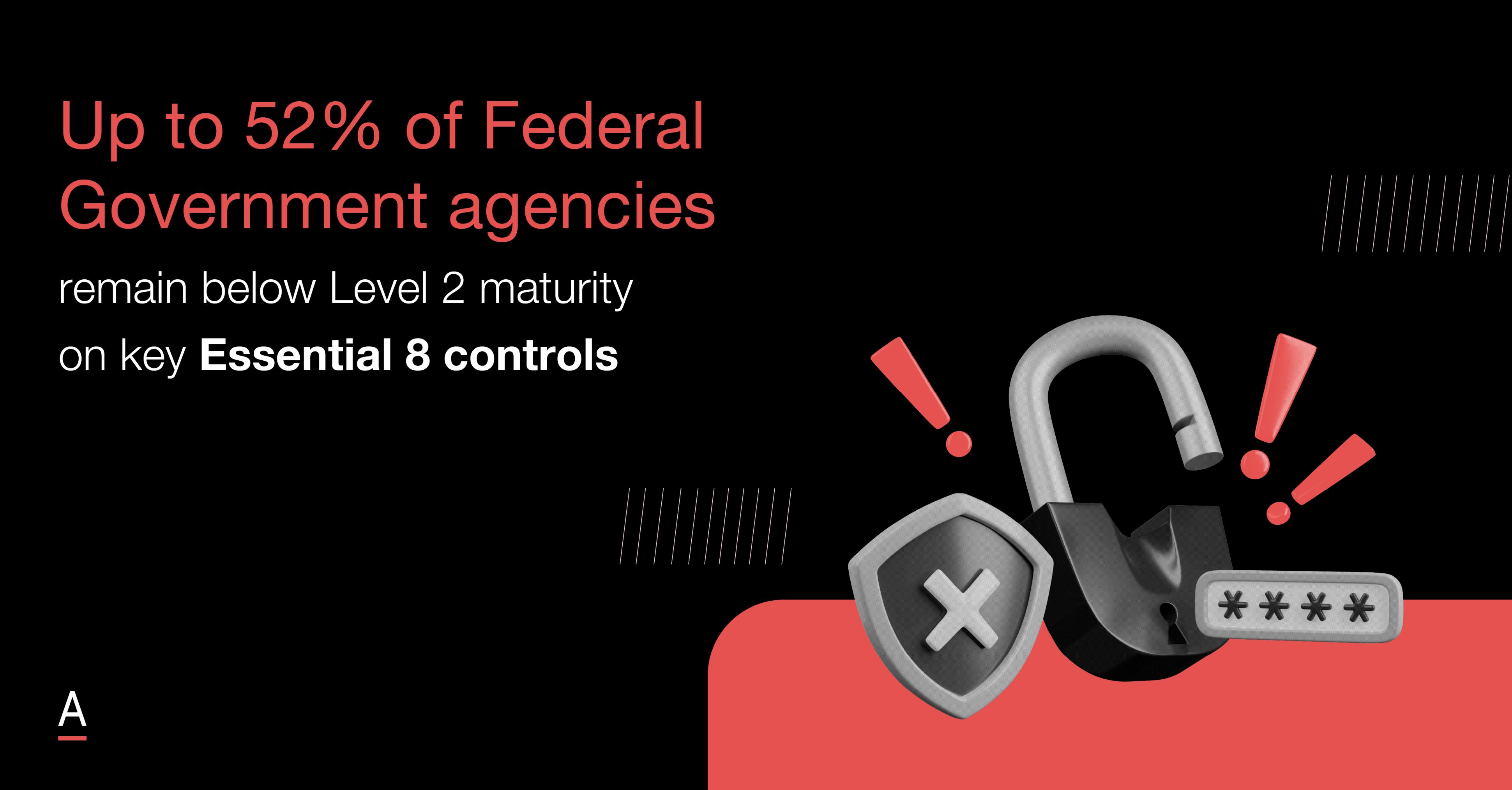
From the discussions and presentations of senior technology leaders from the Department of Defence, the Australian Taxation Office, the Department of Home Affairs, Services Australia, and more, several priorities emerged that define how Australia’s public sector is building the next phase of digital government.
Modernise safely at scale through culture and accountability
In conversation with Nicholas Flood, Managing Director for IBM ANZ, Charles McHardie, Chief Information and Digital Officer at Services Australia, outlined how his agency anchors transformation on quality, stability, and security.
He said stability builds trust, and trust sustains innovation.
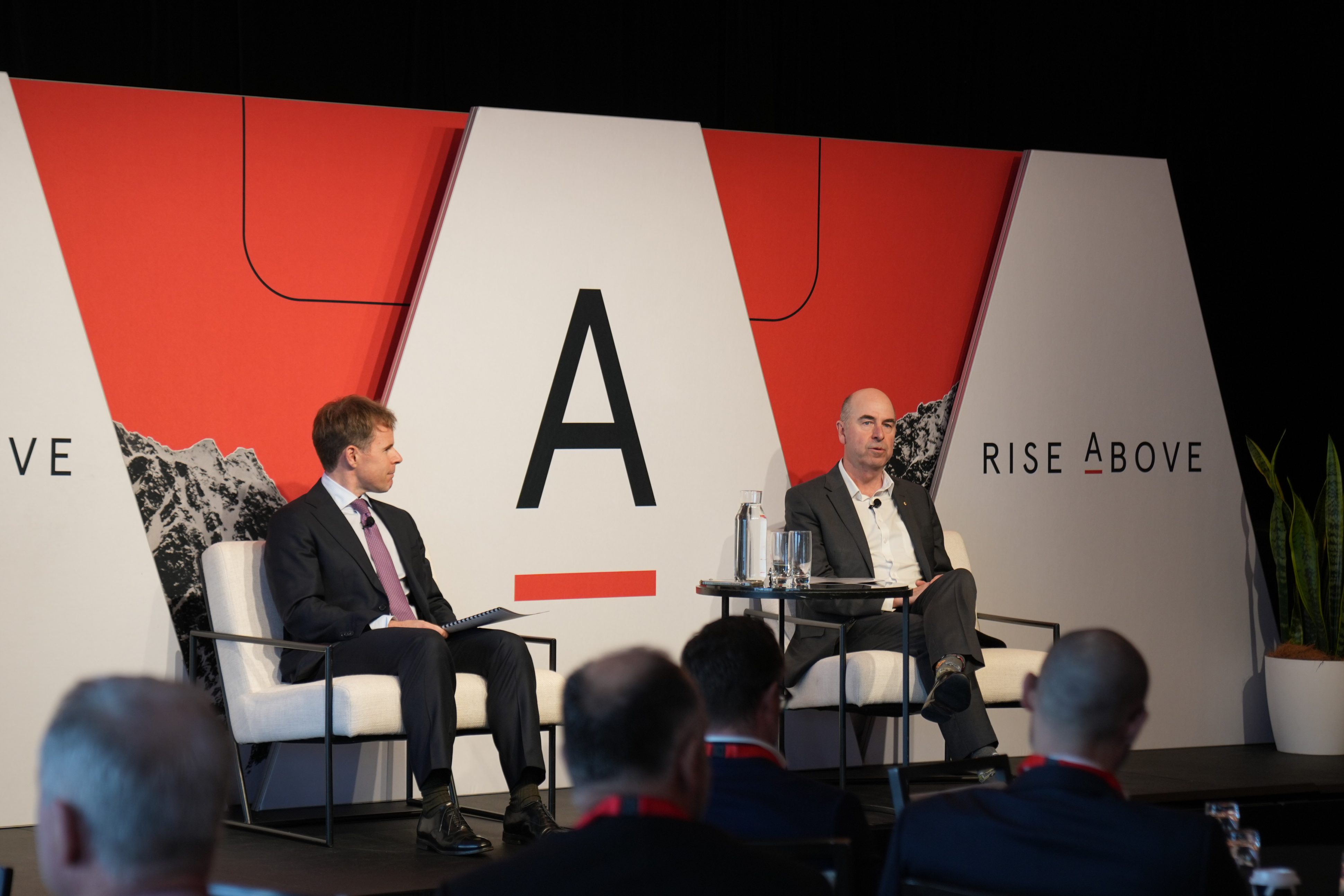
Supported by advanced monitoring and proactive remediation tools, his teams prevent outages before they affect citizens.
They discussed delivering multiple concurrent transformations, including the SAP S4HANA build for aged care.
His team’s progress reflects how disciplined leadership and cultural accountability can make modernisation reliable even within complex government environments.
Matt Boon, Senior Research Director at ADAPT, observed that many agencies are entering a phase where modernisation efforts require equal focus on simplification and resilience.
He added that agencies that pair technical modernisation with workforce accountability and governance discipline achieve the most stable transformation outcomes.
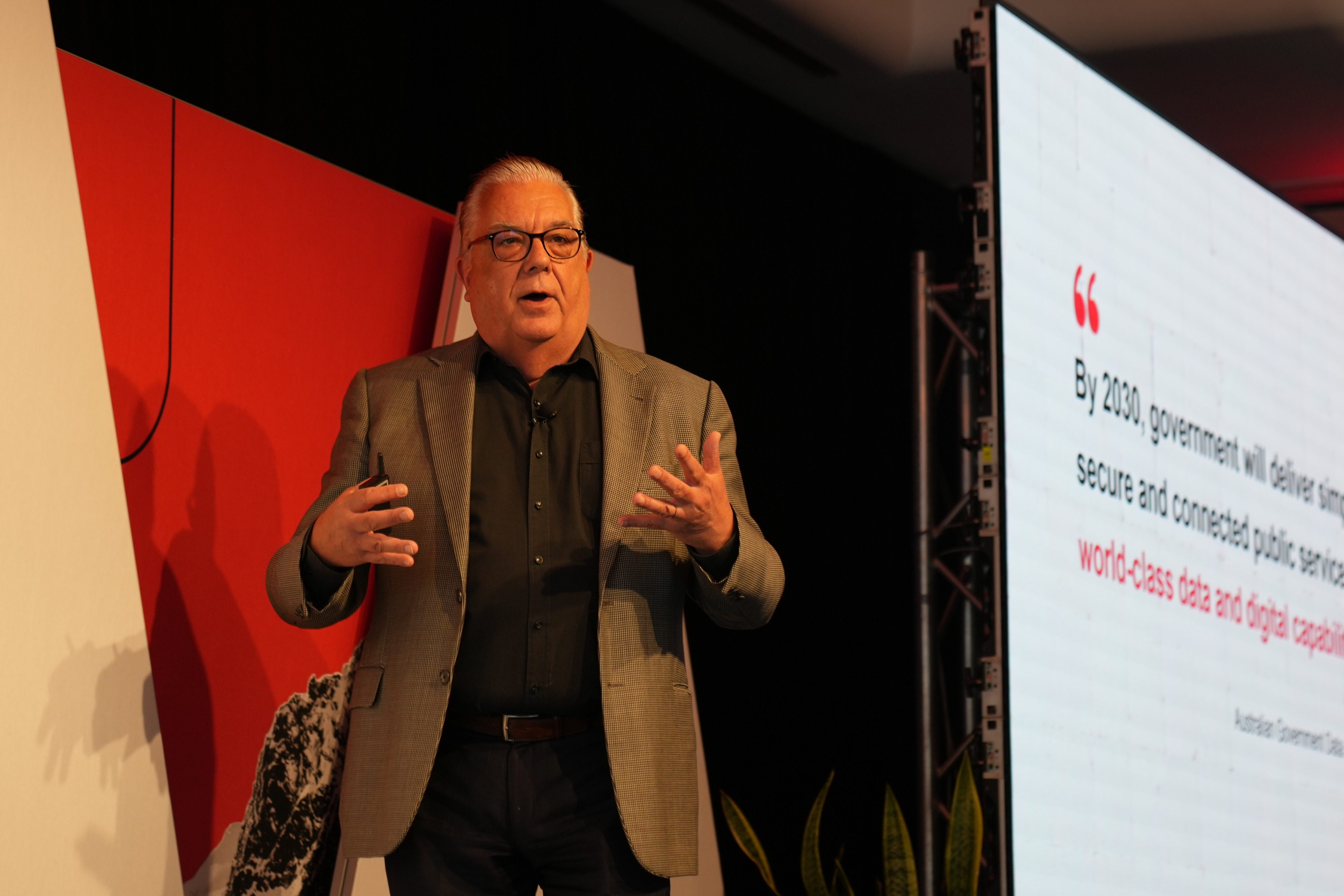
Adopt AI responsibly with structured governance
During his Government Edge interview, Michael Harrison, Chief Information Officer at the Attorney-General’s Department, explained how his agency enabled responsible AI experimentation within a secure protected network.
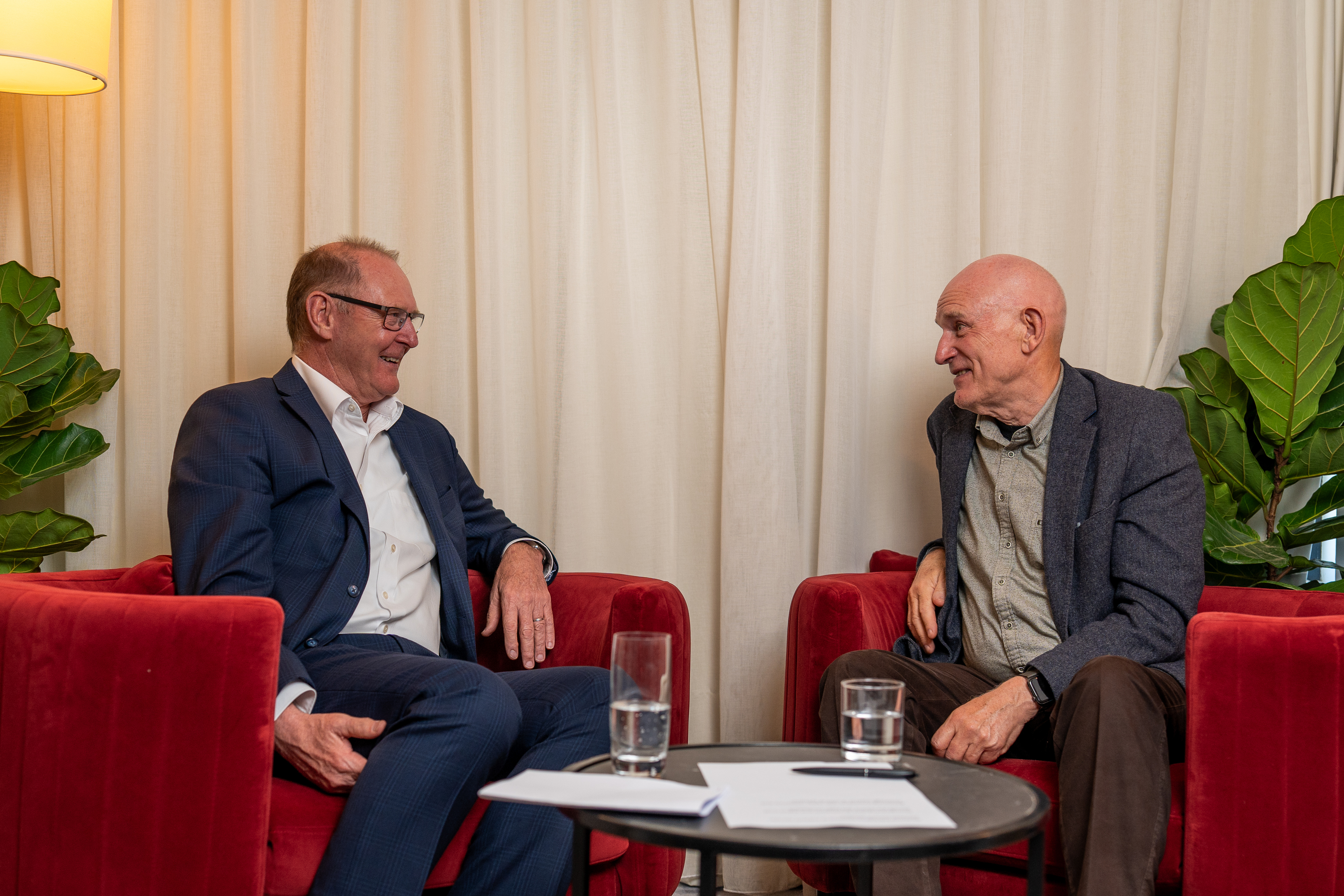
The department paired access to generative AI tools with mandatory training and an AI security policy to build confidence while managing risk.
In another Government Edge interview, Jeremy Campbell, Chief Technology Officer at the Defence Science and Technology Group, described how his teams created internal language models and AI coding assistants to accelerate research.

These initiatives were built on an established governance framework and a security-first design.
More than half of federal technology leaders plan to invest in AI agents within 12 months, reflecting strong intent but also a need for coordinated governance.
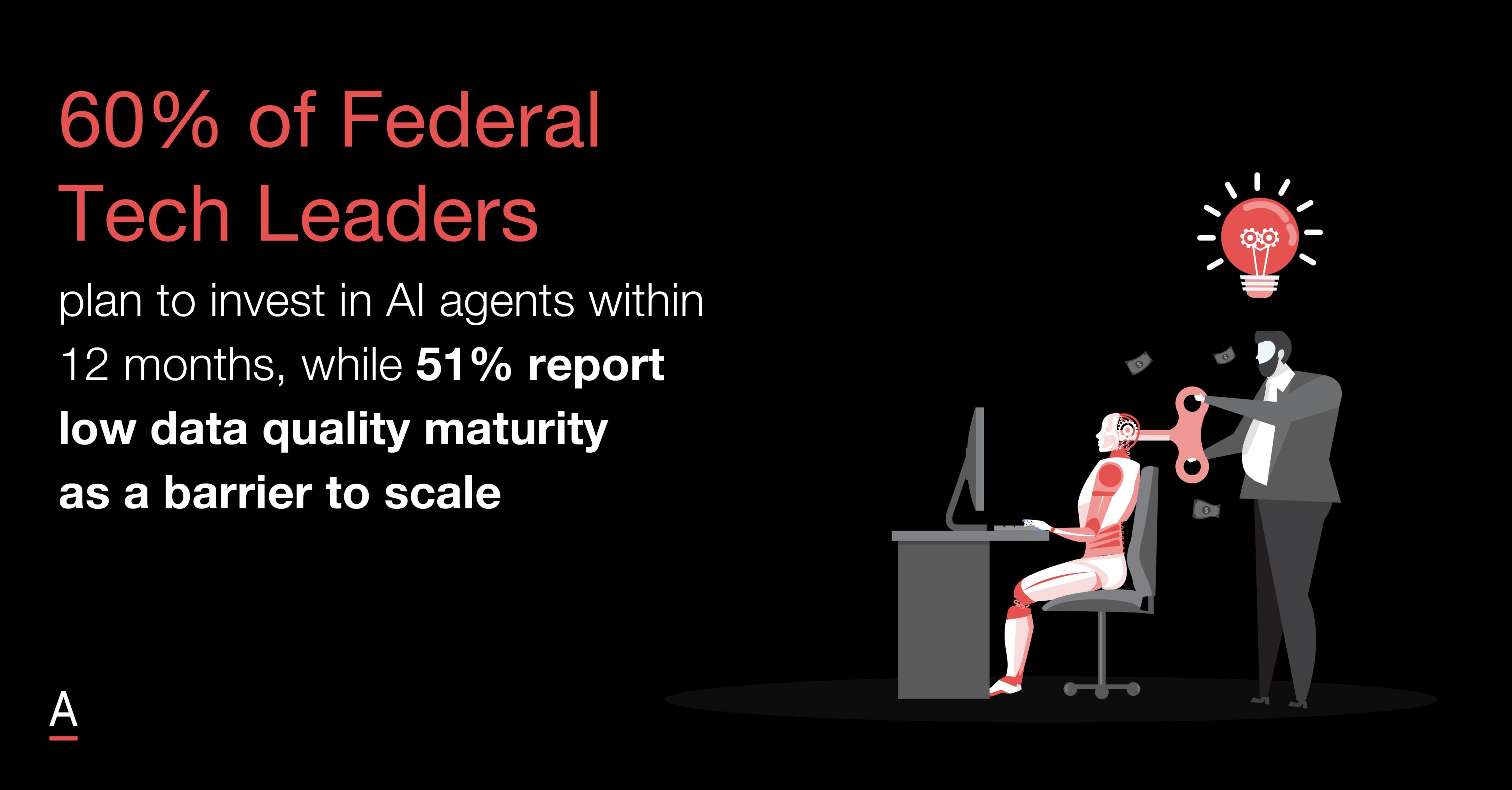
Matt found that most agencies view AI as a way to reduce manual processing and improve insight generation, yet they remain cautious about data quality and privacy.
In his keynote presentation, Professor Marek Kowalkiewicz, Chair in Digital Economy at QUT Business School, expanded on how AI is reshaping the principles of public administration.
He said autonomisation moves beyond automation, enabling systems to pursue citizen outcomes rather than execute predefined rules.
Drawing from international examples such as Poland’s mCitizen and Singapore’s GovTech programs, Marek illustrated how integrated data ecosystems can deliver “whole-of-life” citizen services.
He also discussed the policy implications of algorithmic regulation, urging governments to maintain transparency and fairness as AI becomes part of decision-making.

Close the citizen services gap through collaboration and integration
David Heacock, former Chief Digital Innovation Officer at DXC and Partner at Boston Consulting Group, spoke about the importance of developing digital capability and workforce readiness to support more consistent service delivery.
He said building digital skills within the public sector is essential for bridging operational divides between agencies and creating a connected service environment for citizens.
Lucy Poole, General Manager for Strategy, Planning and Performance at the Digital Transformation Agency, explained that the DTA is focused on helping agencies enable collaboration and responsible data sharing.
She noted that progress in citizen services depends on frameworks that promote collaboration while maintaining public trust and inclusion.
Jonathon Thorpe, Deputy CEO and Chief Customer Officer at Services Australia, highlighted how uneven access to digital services continues to affect vulnerable communities, including older Australians and those in remote areas.
He said improving outcomes requires better integration between policy, design, and delivery so that citizen needs guide every stage of service modernisation.

The panel agreed that inconsistent data sharing and uneven capability remain major barriers.
With 56% of agencies identifying poor data exchange as a major challenge, they called for clearer whole-of-government standards, better cross-agency collaboration, and investment in the workforce required to sustain these systems.
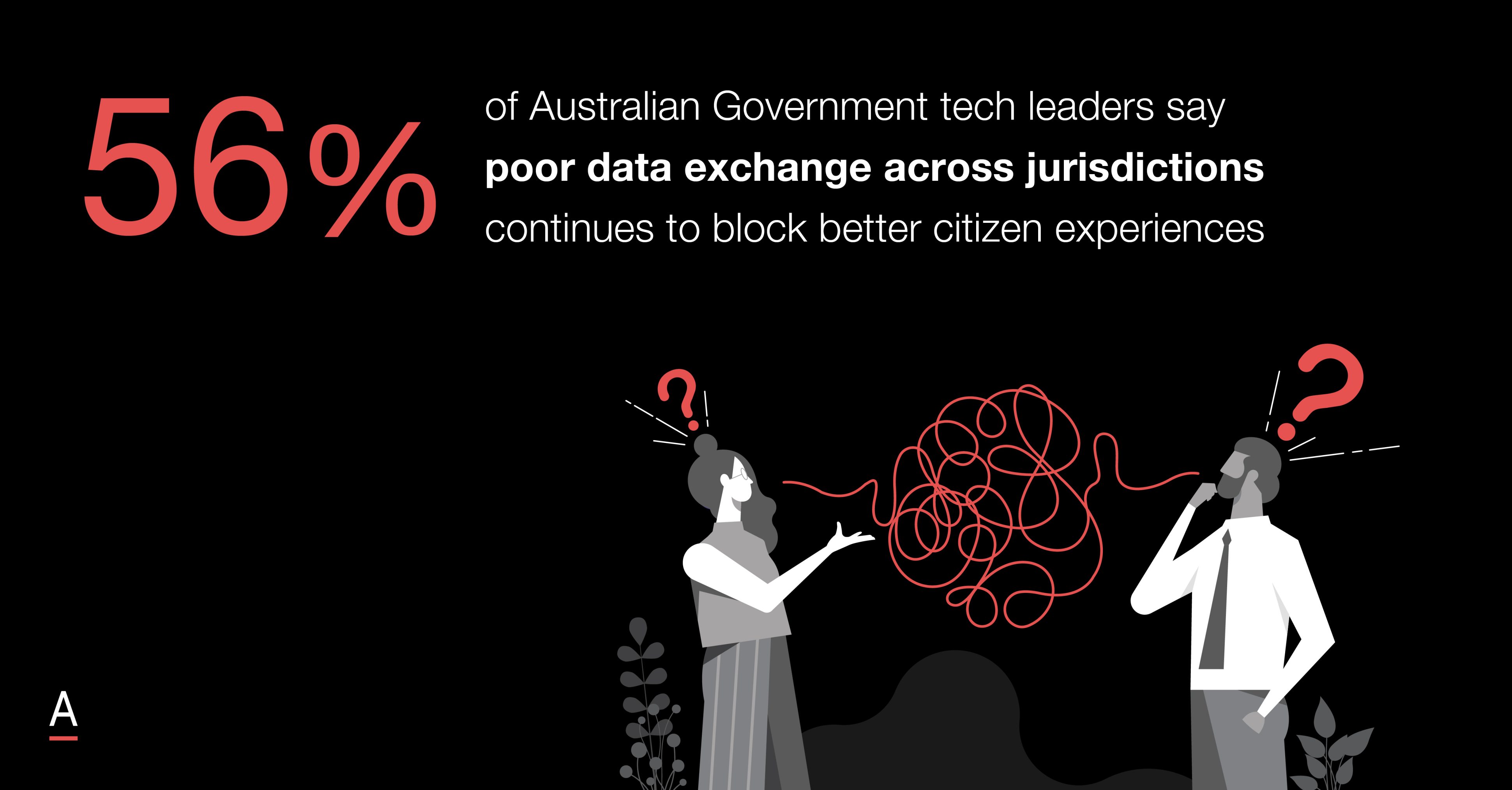
Matt Boon reinforced that 51% of leaders rate their data quality maturity as low, underscoring the link between interoperability and citizen experience.
He said improving data accuracy and accessibility is the foundation for inclusive, reliable digital services.
Raise cyber security maturity through continuous resilience
ADAPT’s national survey showed that up to 52% of government agencies remain below Level 2 maturity across Essential Eight controls.
In the Government Edge data insights presentation, Matt Boon emphasised that security and business continuity must operate as one discipline.
Federal departments need to treat resilience as an always-on capability rather than a compliance checkpoint.
Chris Crozier, CIO & Deputy Secretary at Defence Digital Group of the Department of Defence, shared that the department enforces strict data isolation between domestic systems and offshore AI environments.
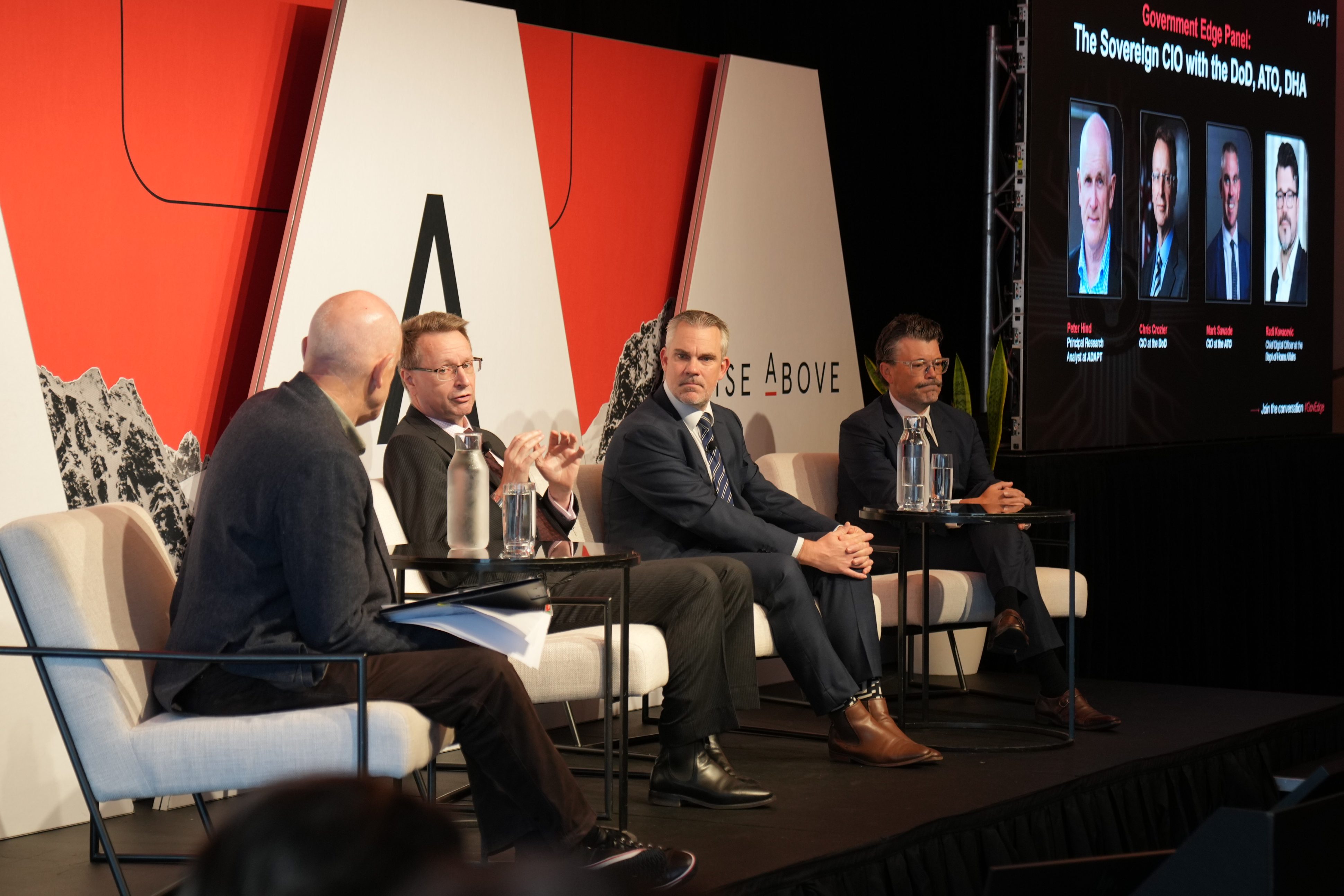
Meanwhile, Mark Sawade, CIO at the Australian Taxation Office, explained that the ATO integrates security controls directly into development workflows to minimise operational friction.
Build workforce capability as the foundation for digital reform
Across sessions and interviews, workforce readiness emerged as the defining constraint on transformation.
Matt Boon reported that while automation and AI are driving efficiency, capability development remains the single largest barrier to progress.
Charles McHardie shared that Services Australia has launched cross-agency training programs allowing APS staff to rotate between departments to develop digital and SAP skills.
Radi Kovacevic, Chief Digital Officer at the Department of Home Affairs, expanded on this, describing how her department is broadening recruitment beyond Canberra and using hybrid work to attract specialised talent nationwide.
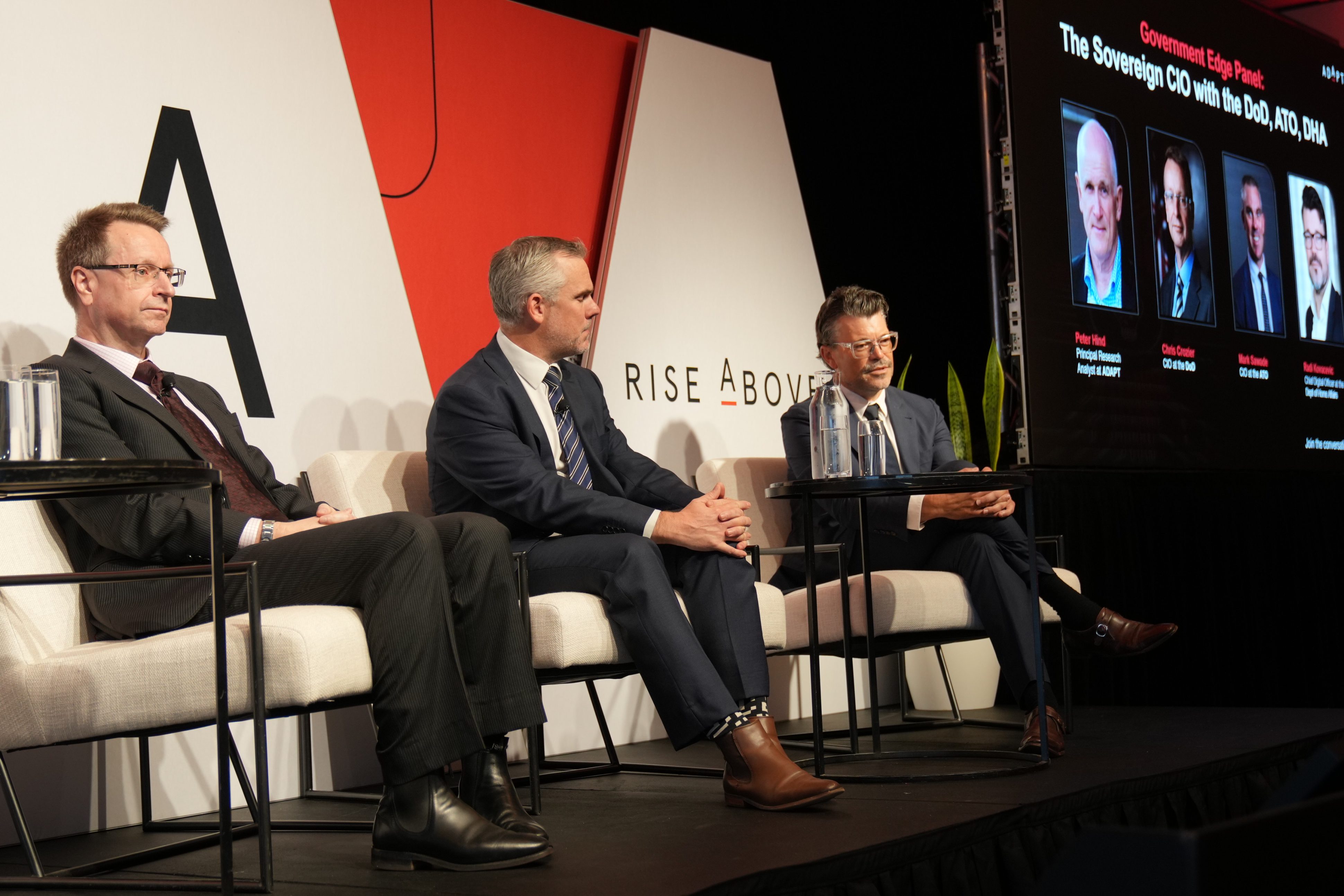
He also pointed to the need for new skill sets in data, AI, and digital ethics to ensure emerging technologies are implemented safely.
Mark Sawade said the ATO’s distributed office network helps teams collaborate nationally while maintaining institutional knowledge in-house.
Chris Crozier explained that Defence increased its APS workforce from 20 to over 60%, restoring decision-making authority to public servants and strengthening accountability.
In his Government Edge interview, Andrew Matuszczak, Chief Information and Transformation Officer at Commonwealth Superannuation Corporation, said lasting transformation depends on cultural ownership, where teams understand how their work advances public value and where learning becomes part of daily delivery.

Recommended actions for government technology leaders
Australia’s government leaders are advancing digital capability while balancing accountability, security, and scale.
The next phase of transformation will require coordinated execution guided by these priorities:
- Define sovereignty through operational control and secure data stewardship.
- Maintain stability, quality, and security as measurable performance outcomes.
- Implement AI governance frameworks before expanding usage.
- Align cyber security with resilience planning across departments.
- Treat data as infrastructure through enforceable sharing standards.
- Build cross-agency workforce development and leadership pipelines.
- Link every innovation program to a measurable citizen or mission outcome.
Government Edge revealed a public sector intent on measurable progress rather than rhetoric.
Leaders are moving from experimentation to structured execution, embedding resilience, ethical AI, and data interoperability into daily operations.
The next stage of Australia’s digital evolution will hinge on shared capability.
Agencies must treat data as a national asset, coordinate AI governance through transparent frameworks, and cultivate a workforce confident in both technology and purpose.




